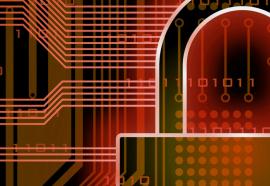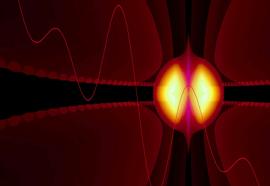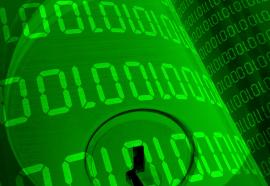Keeping Your Kilowatts Private
A survey of state policies on release of customer data.
The advent of smart grid technology has raised new and challenging issues concerning data privacy. Of course, data privacy isn’t a new concern for the energy industry, as utilities have always collected customer data, some of which is common to any business, such as contact and credit information, and some of which is unique to the energy industry, such as usage and demand data.








